lorigon27
TPF Noob!
- Joined
- Nov 6, 2011
- Messages
- 78
- Reaction score
- 5
- Location
- Missouri
- Can others edit my Photos
- Photos OK to edit
i recently watched a video with arthur st. john and thought his work is amazing--
my question is-- how does he get the tones in the sky to look this awsome?
heres the link to the youtube video Fashion Photo Shoot on the Beach with Tawnie Lynn - YouTube
as much detailed info would be sweet thx in advance
my question is-- how does he get the tones in the sky to look this awsome?
heres the link to the youtube video Fashion Photo Shoot on the Beach with Tawnie Lynn - YouTube
as much detailed info would be sweet thx in advance


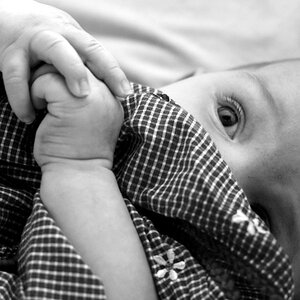

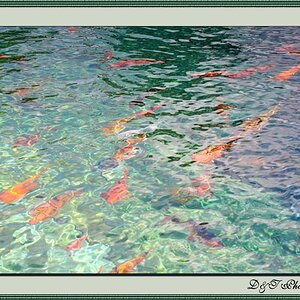

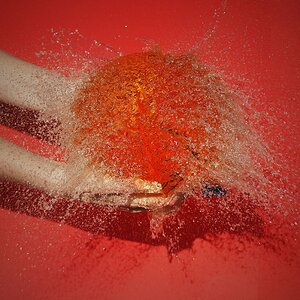
![[No title]](/data/xfmg/thumbnail/33/33490-cbbf9df0a1c31291ee7a3759afe943cc.jpg?1619736003)
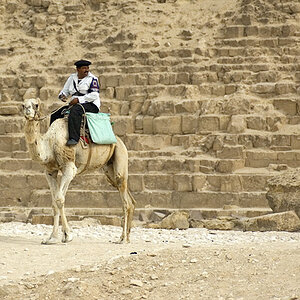
![[No title]](/data/xfmg/thumbnail/35/35214-39f59bb7f7da2878bab0187a7d4d80bb.jpg?1619736951)
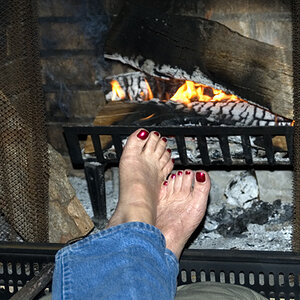
![[No title]](/data/xfmg/thumbnail/33/33489-cc76e5d22658c0f79ccb4ae9d307610d.jpg?1619736003)
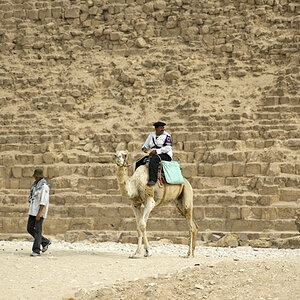
![[No title]](/data/xfmg/thumbnail/40/40356-883c642c8d24d2709b359f9c8b196fcf.jpg?1619739437)